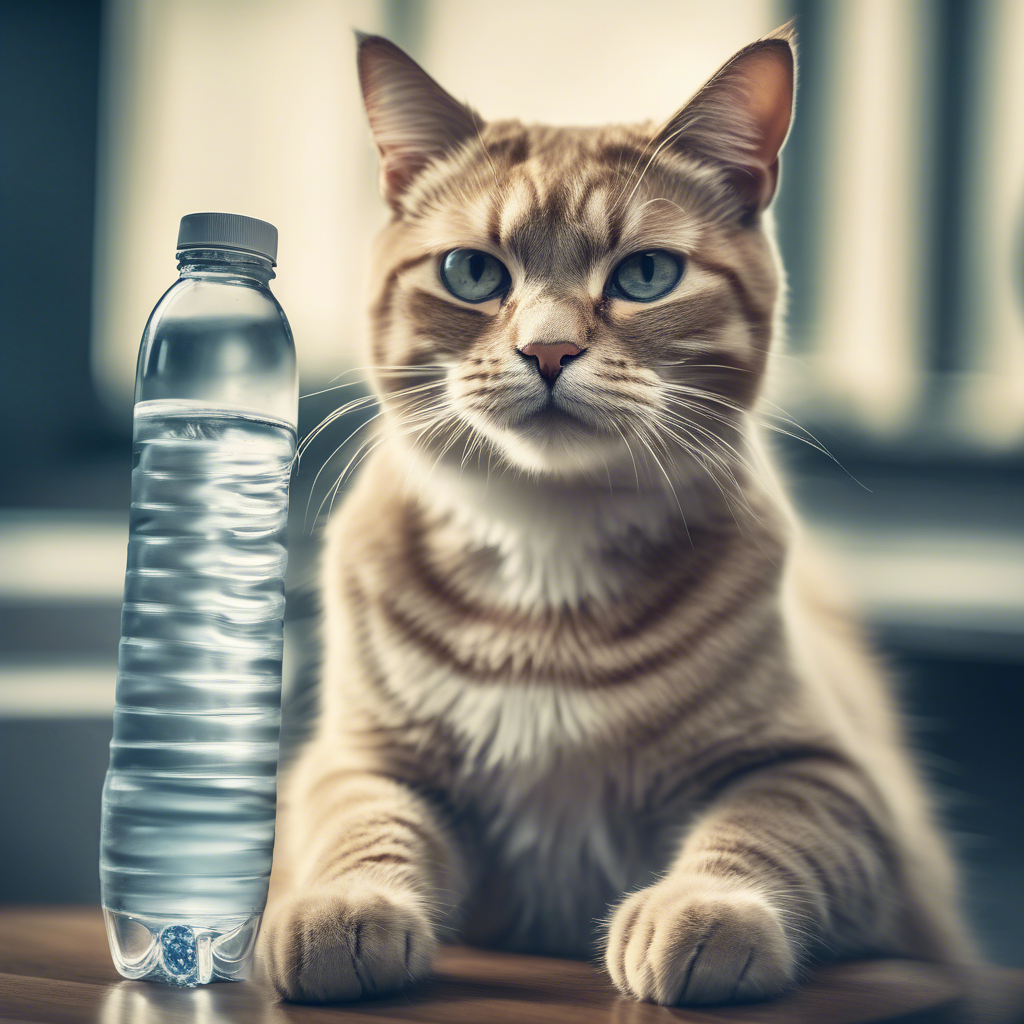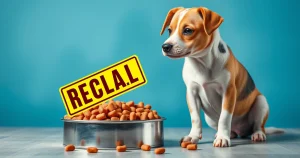Contents
ToggleThe Importance of Hydration in Cat Health
Cats, with their graceful demeanor and independent nature, often captivate their owners. However, understanding their hydration needs is crucial for maintaining feline health. The importance of water for cats cannot be understated, as it plays a vital role in their overall well-being. In today’s world, where pets are an integral part of our families, recognizing the signs of dehydration in cats is more important than ever.

This article delves into the effects of dehydration on cat health, explaining how proper cat hydration supports their bodily functions and prevents common health issues. Readers will learn about the significance of cat water intake and how to ensure their furry companions stay well-hydrated. With actionable insights and real-world examples, this guide equips pet owners with the knowledge to improve their cats’ drinking habits and enhance their quality of life.
The Role of Water in Feline Health
Water is essential for all living beings, including cats. Despite their ancestry as desert animals with low thirst drive, modern cats require ample hydration to support their bodily functions. Water aids in digestion, nutrient absorption, and waste elimination, making it a cornerstone of feline health.
Inadequate cat water intake can lead to a host of health issues, including urinary tract infections and kidney disease. Cats are particularly prone to these conditions due to their unique physiology. Ensuring that your pet has constant access to fresh water is one of the simplest yet most effective ways to prevent these problems.
Real-world data shows that cats consuming wet food diets often receive better hydration compared to those on dry kibble, as wet food contains about 70-80% moisture. This highlights the importance of considering diet when evaluating a cat’s hydration needs.
Effects of Dehydration on Cat Health
Dehydration in cats is a serious concern that can have significant repercussions on their health. Early signs include lethargy, dry gums, and decreased appetite. If left unaddressed, dehydration can lead to more severe conditions such as kidney failure, a leading cause of illness in older cats.
Understanding the effects of dehydration on cat health is crucial for prevention. Cats that do not drink enough water may suffer from concentrated urine, which increases the risk of urinary tract stones. This condition is not only painful but can also become life-threatening if not treated promptly.
Veterinary studies indicate that cats on a predominantly dry food diet are more susceptible to dehydration, emphasizing the need for vigilant monitoring of their water intake. Encouraging cats to drink more can involve providing multiple water sources and considering water fountains to stimulate their interest.
Encouraging Healthy Cat Drinking Habits
Encouraging proper cat hydration involves understanding and catering to their preferences. Cats are naturally curious and may be more inclined to drink from moving water. Pet hydration can be improved by investing in a cat water fountain, which many felines find appealing.
Placement of water bowls is also important. Cats prefer clean, fresh water, so bowls should be washed regularly and placed away from litter boxes and food dishes to prevent contamination. Some cats might prefer glass or ceramic bowls over plastic ones due to taste sensitivity.
Observing your cat’s drinking habits can provide insights into their health. A sudden increase or decrease in water consumption might indicate underlying health issues, necessitating a visit to the veterinarian. By understanding these habits, owners can better ensure their cats remain hydrated and healthy.
Monitoring and Adjusting Cat Water Intake
Monitoring your cat’s water intake is vital in preventing dehydration. A healthy cat should drink approximately 3.5 to 4.5 ounces of water per 5 pounds of body weight daily. This can vary based on diet, age, and activity level, but serves as a general guideline.
To track hydration, consider measuring the amount of water consumed over a 24-hour period. This can be done by noting the level in the water bowl at the start and end of the day. If your cat is not drinking enough, try enhancing the flavor of their water with low-sodium chicken broth or tuna juice.
For cats that are particularly averse to drinking water, wet food diets can significantly contribute to their fluid intake. Additionally, offering ice cubes made from diluted broth can entice cats who enjoy licking ice. These strategies help ensure your pet receives adequate hydration, reducing the risk of dehydration-related health issues.
For a visual guide on how to improve your cat’s drinking habits, consider watching our recommended video on pet hydration. It provides practical tips and demonstrations on setting up an ideal drinking environment for your feline friend.
Frequently Asked Questions
How can I tell if my cat is dehydrated?
Signs of dehydration in cats include dry gums, lethargy, and sunken eyes. You can also perform a skin tent test by gently pinching the skin at the back of their neck. If it doesn’t quickly return to its normal position, your cat may be dehydrated. Regularly monitoring these signs helps prevent severe health issues.
What type of water is best for cats?
Cats should drink clean, fresh water daily. Filtered or bottled water is preferable to tap water, which may contain chlorine or other contaminants that can deter cats from drinking. Ensuring the water is at room temperature can also encourage better hydration habits.
How much water should my cat drink each day?
A healthy cat should consume 3.5 to 4.5 ounces of water per 5 pounds of body weight daily. This includes moisture from food. Cats on wet food diets often require less additional water compared to those on dry kibble. Adjustments may be needed based on individual health needs.
Can I add anything to my cat’s water to make it more appealing?
Yes, adding a small amount of low-sodium chicken broth or tuna juice can make water more appealing to cats. Ensure any additives are safe and do not contain harmful ingredients like onions or garlic. Always provide plain water alongside to ensure your cat has options.
Why does my cat prefer running water?
Cats often prefer running water because it is fresher and cooler, which appeals to their natural instincts. This preference can be addressed by using a cat water fountain. These fountains provide a continuous flow of fresh water, encouraging better hydration habits in your pet.
Conclusion
Hydration is a critical aspect of maintaining feline health. Understanding the importance of water for cats and recognizing the signs of dehydration can significantly improve your pet’s quality of life. By ensuring proper hydration, you can help prevent common health issues such as urinary tract infections and kidney disease.
To enhance cat hydration, consider providing multiple water sources, investing in a water fountain, and monitoring your cat’s drinking habits. These steps are essential in promoting healthy hydration and preventing the adverse effects of dehydration on cat health.
For further reading, consider exploring topics such as “Choosing the Best Diet for Your Cat’s Hydration Needs,” “Understanding Feline Urinary Tract Health,” and “Innovative Ways to Keep Your Cat Hydrated.” These resources can provide additional insights to support your pet’s health journey.





